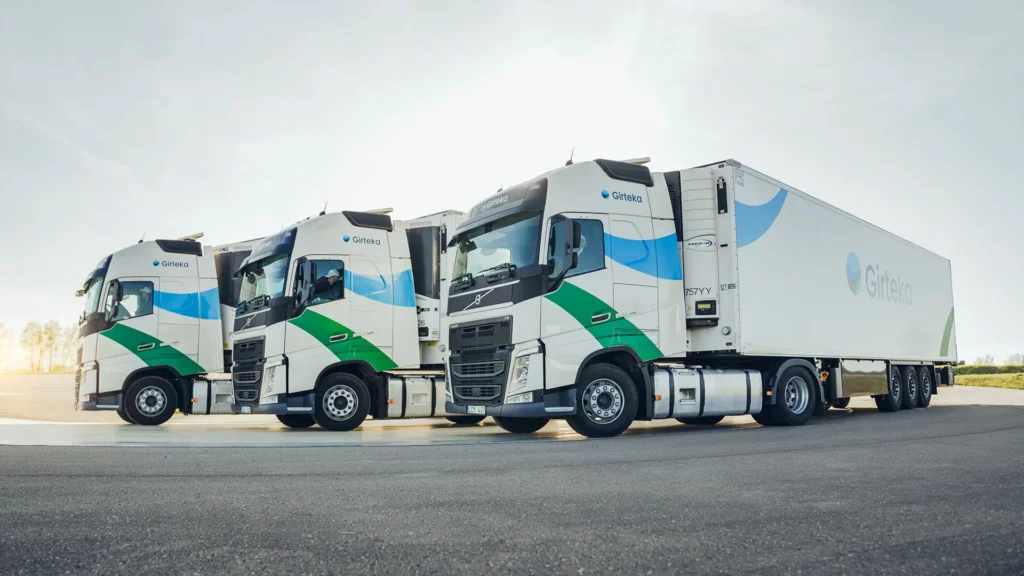The company funded by LeBiondo brothers is a good example of a farmer post-war transport operator based in the United States. Shortly after the war was over, they bought a 4-cylinder, 1.5 t. Ford and used it to transport crops from their farm to Philadelphia or Atlantic City. However, the real breakthrough came when an owner of a yacht wanted to transport it to the Great Lakes and for that purpose ordered a platform from Fruehauf company. After a couple of years, Fruehauf, a company producing semi-trailers, achieved revenues of over one million dollars.
When the products of LeBiondo brothers did not suffice to fill the truck, they transported vegetables of their neighbours who eagerly accepted this support because they did not have to waste their own time. Frank LeBiondo said that after getting to the city they parked along the pavement in the districts of wholesale stores and sold their products to whoever paid more.
Sometimes, the buyer took all the goods and asked to unload them, for example, in the President Hotel,” described Frank.
In 1923, Frank and his brother Ben bought Reo Speedwagon and focused exclusively on transport services, leaving their father’s farm and two brothers and five sisters who still stayed there. In turn, Frank Nappi noticed that a rising number of tractors would need more fuel, so he set up his company under the name of Abe Lihn and supplied fuel to farms.

REO Speedwagon became one of the most popular light trucks.
This kind of transport turned out to be more lucrative than the transport of crops. Abe Lihn Transportation Company developed very fast and after several years served clients in three states. Then, it changed its name to Tri-State Transportation Company.
Birth of semi-trailer
Expanding transport operators needed bigger and bigger vehicles, and that is how the semi-trailer was born. An American producer of semi-trailers, Fruehauf, claims that it was the first company to build the first semi-trailer, which in 1914 transported the yacht to the Great Lakes. As it worked out well, the owner of the yacht, who owned also a timber mill, ordered another semi-trailer in a form of a platform, which was used since 1916 to transport wood.
He was not the only one who saw the benefits of the semi-trailer. Soon, the company received more purchase orders, and in 1918 Fruehauf Trailer Company was funded, with its revenues exceeding one million dollars in 1925.
In the next episode of the History of Transport in Trans.INFO:
How an exclusive department store used trucks for advertisement.
Previous articles in the series:
Siege of the fortress in Verdun, or a final test for motorized army
How professional road transport was born
How the army trained drivers and mechanics Berliet: a war bestseller
From military surplus to civilian use, or how the bus industry was born
A half of cheese – bribes given to German customs officers 90 years ago
How the German road transport developed at the beginning of the 20th century
How buses quickly conquered the transport market
What was the difference between pre-war American buses and European ones?
How farmers contributed to the development of trucks in America









